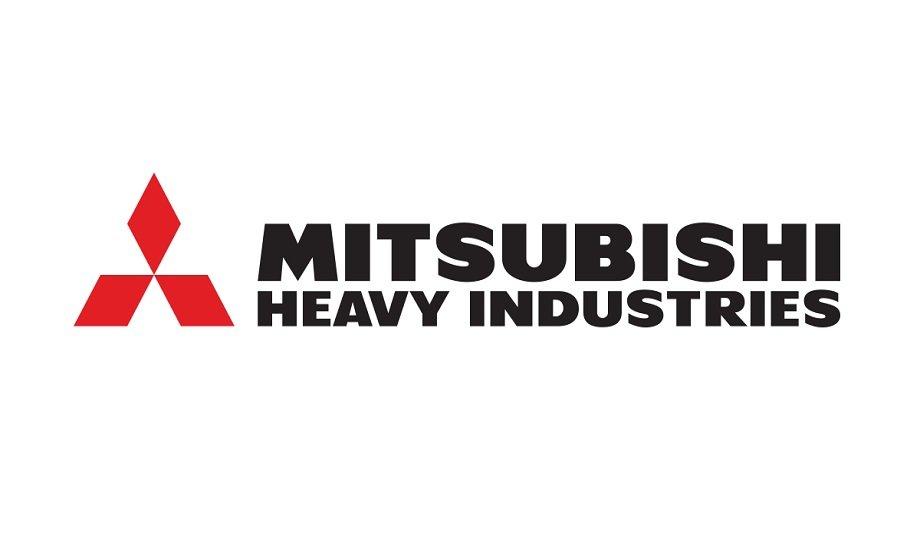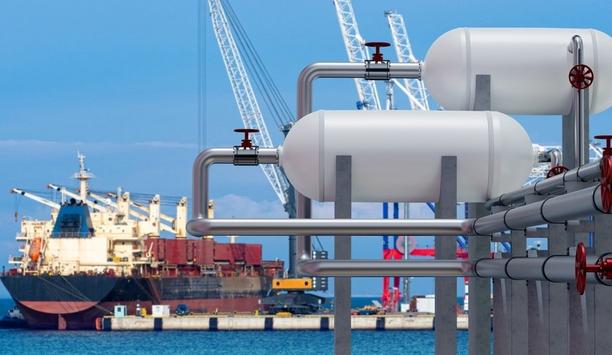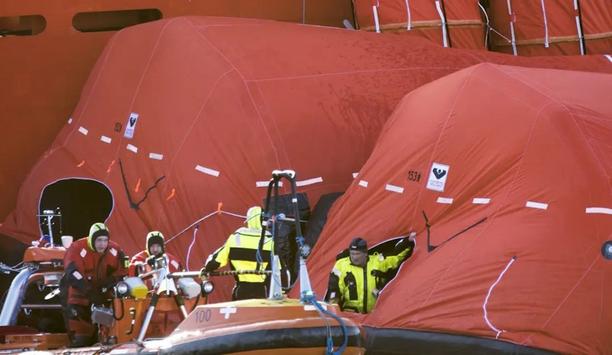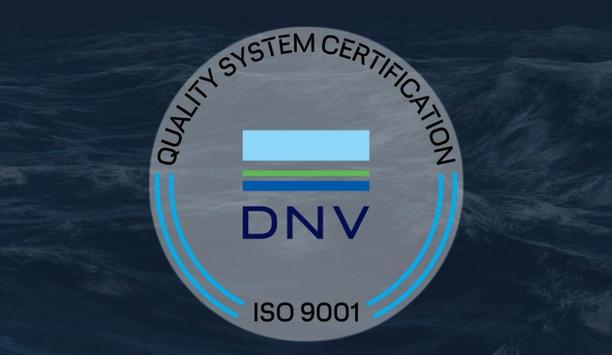Mitsubishi Shipbuilding Co., Ltd., a Mitsubishi Heavy Industries (MHI) Group company based in Yokohama, today held a christening and launch ceremony for the SUNFLOWER MURASAKI, the second of two large LNG-fueled ferries being built for Mitsui O.S.K. Lines, Ltd. (MOL). The ceremony took place at the Enoura Plant at MHI’s Shimonoseki Shipyard & Machinery Works in Yamaguchi Prefecture. This followed a christening and launch ceremony in March 2022 for Japan’s first LNG-fueled ferry, the SUNFLOWER KURENAI.
The handover is scheduled for March 2023, following completion of interior work and sea trials. The new vessel will go into service on a regular route between Osaka and Beppu operated by Oita-based Ferry Sunflower Limited, replacing the SUNFLOWER IVORY and SUNFLOWER COBALT ferries in service since 1997.
The SUNFLOWER MURASAKI is 199.9m long and 28.0m wide, with gross tonnage of approximately 17,300. The vessel has capacity to accommodate 716 passengers, an estimated 137 13-meter trucks, and roughly 100 passenger cars. The main engine is a high-performance dual-fuel engine – the first of its kind featured on a domestic ferry – that can run on both liquefied natural gas (LNG) and A-type heavy oil. It offers outstanding environmental performance, achieving a reduction of more than 20% in CO2 emissions and close to zero emissions of sulfur oxides (SOx), thereby mitigating environmental impact.
More loading capacity
Mitsubishi is reducing the carbon footprint of the maritime industry through the construction of LNG-fueled ships
Compared to earlier ferries, the SUNFLOWER MURASAKI also features significantly more loading capacity for trucks, a more spacious lounge for truck drivers, and substantially greater space per passenger. Expansive public areas include enlarged bathing facilities, a more spacious restaurant, and an atrium extending through three stories. In these and other ways, the new ferry responds to today’s modal shift in the transport industry while simultaneously achieving advances in the casual cruise business.
As part of MHI Group’s strategic initiatives to advance the energy transition, Mitsubishi Shipbuilding is reducing the carbon footprint of the maritime industry through the construction of LNG-fueled ships, as a way of contributing to the realisation of a carbon-neutral society.
Japan today is undergoing a modal shift from land transport to maritime transport in a quest to reduce carbon emissions as well as to offset a shortage of long-haul truck drivers and achieve workstyle reform. In tandem with this shift, demand is increasing for ferries and RoRo ships and for ever-larger ships. Going forward, Mitsubishi Shipbuilding, as a maritime system integrator, will continue building fuel-efficient and environmentally harmonious ferries and cargo-passenger ships supporting stable operation, working closely with its business partners to solve diverse issues needing to be addressed.










